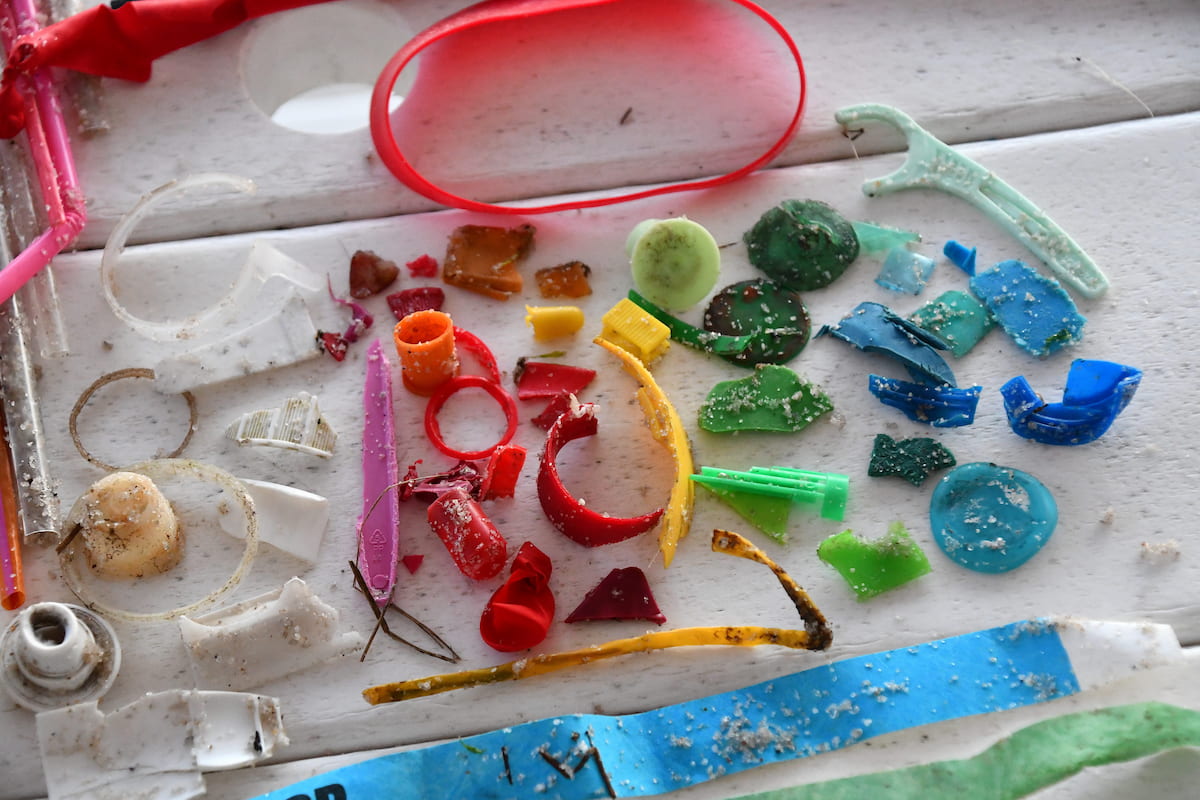Although Plastic Free July is over, we can take action all year to reduce ocean plastic pollution. But individual actions alone can’t solve this crisis—and that’s where our elected officials come in.
To tackle a problem this big and complex, we need policies to change how the United States makes, uses and thinks about plastics in the first place. While we need action across every level of government, states have important roles in addressing the ocean plastic crisis. We are more than halfway through 2024 and are already seeing some important progress across the country in the fight against plastic pollution.
Never miss an update
Enter your email and never miss an update
again or contact 1.888.780.6763
var form = document.getElementById(’email-signup-66b64711cebbc’);
form.querySelector(‘.rsform__field–email’).addEventListener(“nb:result”, e => {
var nbStatus = form.querySelector(“[name=”nb_email_status”]”);
var nbDate = form.querySelector(“[name=”nb_validation_date”]”);
var currentDate = new Date();
nbStatus.value = e.detail.result.response.result;
nbDate.value = currentDate.toISOString().split(‘T’)[0];
grecaptcha.enterprise.ready(async () => {
var tokenField = document.querySelector(“#email-signup-66b64711cebbc [name=”token”]”);
var token = await grecaptcha.enterprise.execute(‘6Lcmr3shAAAAAAVRlvJrsUufEEQuItzNDlkpmB2g’, {action: ‘verify’});
tokenField.value = token;
});
});
<!– –>
As scientists continue to learn more about the impacts of microplastics on our ocean, and even on our own bodies, policymakers are increasingly realizing that microplastics are a major threat. In California, the State Assembly has passed AB 2214, which would take important next steps in implementing California’s Statewide Microplastics Strategy, including addressing microfiber pollution from washing machines. Bills have also been introduced in Illinois (HB 4269/SB 2727) that would require that new washing machines sold in the state contain filters to capture microfibers, similar to what we see in our dryers, before they are released into the environment.
States are also continuing to tackle the worst of the bunch: the single-use plastics that are most commonly collected by Ocean Conservancy’s International Coastal Cleanup® volunteers around the world. For example, in June this year, a new law was signed in Florida that prohibits the intentional release of balloons. This is a huge win for the ocean and the wildlife that are harmed by balloon litter. Ocean Conservancy scientists have found that balloons are the deadliest form of plastics ingested by seabirds, and that nearly one-third of seabirds that ingest even one balloon died from that ingestion. In Illinois, the legislature has sent a bill to the governor that would ban single-use plastic containers of personal care products in hotels, replacing harmful and nonrecyclable single-use plastics with reusable and refillable products. And in California, bills to strengthen the state’s current plastic bag ban are also being considered by the legislature (AB 2236 and SB 1053)—tackling another one of the top items collected by ICC volunteers once and for all.
Finally, states are taking action to make the big changes we need to address plastic pollution and reduce waste. Minnesota became the fifth state to pass a law to hold plastic producers financially accountable and responsible for managing their wasteful products, while also requiring upstream redesign, reuse and reduction. Oregon became the fourth state to pass right-to-repair legislation, which allows people to repair their electronics instead of throwing them away.
As exciting as these wins are, there have also been some disappointing moments. A California bill to ban unencapsulated foam docks that release plastic foam into waterways did not move forward and attempts in other states to pass extended producer responsibility have failed. And other policies from coast to coast have stalled.
It’s clear there’s much more work to be done to protect our ocean, and it will take all of us to tackle this issue across every level of government. Even after Plastic Free July has come to an end, we need to continue to take individual action to reduce plastic pollution and use our voices to support policies that will drive the change we need—at the local, state and national levels.
The post How States are Leading the Charge in Combating Ocean Plastic Pollution appeared first on Ocean Conservancy.

